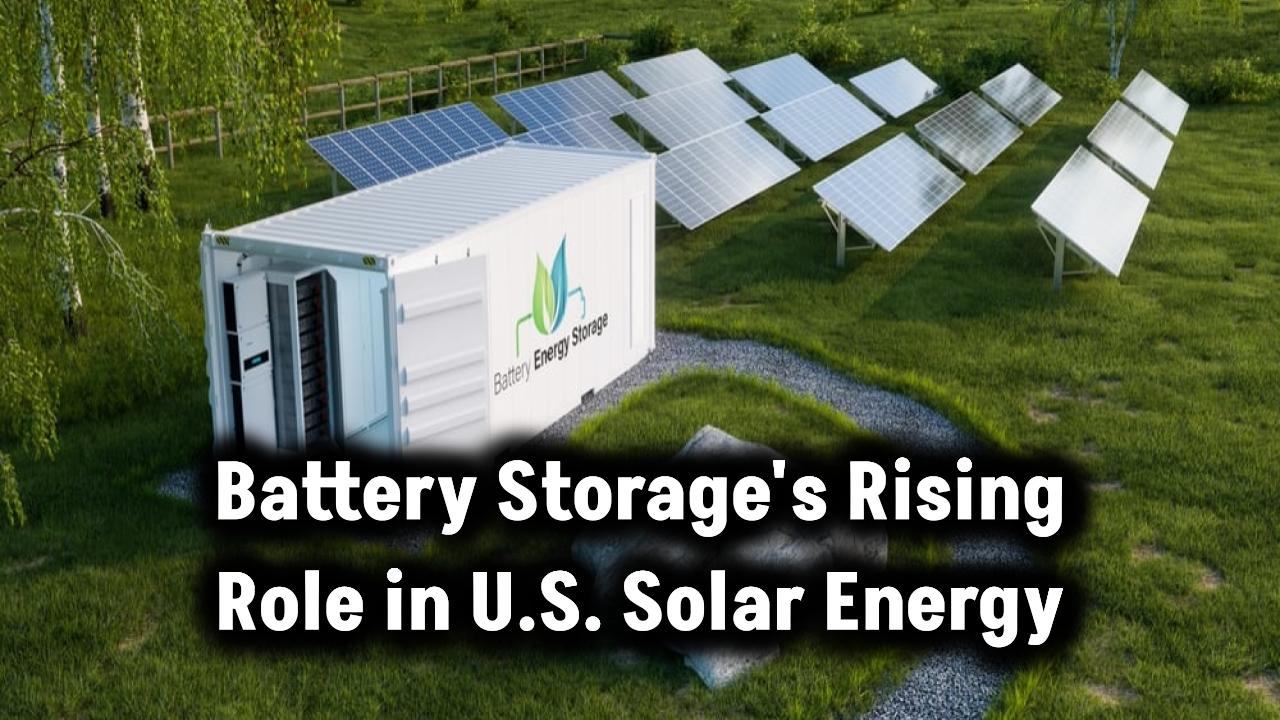
The Tennessee Valley Authority (TVA) is making history with its bold move toward cleaner, carbon-free energy by becoming the first utility in the United States to submit a construction permit application for a small modular reactor (SMR). In partnership with GE Vernova, TVA plans to build a BWRX-300 reactor at its Clinch River site in Oak Ridge, Tennessee, signaling a major step forward for nuclear energy innovation in America.
This strategic initiative could reshape how power is generated in the southeastern U.S., providing a safer, more flexible, and cost-efficient alternative to traditional fossil fuel and large-scale nuclear plants. With potential operations starting by 2032, this SMR project promises economic benefits, environmental sustainability, and energy reliability for generations to come.
What is a Small Modular Reactor (SMR)?
Small Modular Reactors, or SMRs, are next-generation nuclear reactors designed to be more compact, safer, and less expensive than traditional nuclear power plants. Unlike conventional reactors that can produce up to 1,000 MW, SMRs typically generate up to 300 MW. Their smaller size means they can be built in factories, transported by trucks or rail, and assembled on-site, reducing construction time and cost.
The BWRX-300, developed by GE Vernova, uses boiling water reactor technology, but with advanced safety features and passive cooling systems that rely on natural circulation rather than pumps or external power.
Why TVA Chose the BWRX-300 SMR
TVA’s choice to adopt the BWRX-300 SMR is part of a larger strategy to meet growing electricity demands while minimizing its carbon footprint. The southeastern U.S. is expected to see up to 26 GW of additional demand by 2035. Replacing aging fossil fuel plants with cleaner and more scalable energy options is essential.
Key advantages of the BWRX-300 include:
- Simplified design and fewer components, lowering the cost and time for construction.
- Passive safety systems, meaning it can shut down safely without human intervention.
- Scalability, allowing TVA to deploy multiple units at a single site over time.
Partnerships Fueling Innovation
TVA isn’t going it alone. It’s working with a coalition of experienced global partners to standardize SMR deployment:
- GE Vernova: Supplier of the BWRX-300 design and reactor technology.
- Ontario Power Generation (OPG): Currently building four BWRX-300 units in Canada, offering valuable construction and operational insights.
- Synthos Green Energy (SGE): A Polish energy firm collaborating on European deployment of the same reactor model.
These collaborations are crucial for harmonizing regulatory processes and reducing design-to-construction cycles, ultimately speeding up SMR adoption in multiple countries.
Site Readiness at Clinch River
TVA’s Clinch River site is uniquely positioned to lead the nation in SMR deployment. It holds the only early site permit for SMRs in the U.S., granted by the Nuclear Regulatory Commission (NRC) in 2019. This pre-approval significantly streamlines the licensing process.
The site is designed to host up to four SMR units, enabling future scalability without the need for new permitting. The current construction permit application marks the first of its kind and sets a regulatory precedent for other utilities to follow.
Economic and Environmental Impact
TVA’s SMR initiative is expected to deliver significant economic and environmental benefits:
- Clean Energy: Each BWRX-300 unit provides zero-emission electricity, helping TVA move closer to its net-zero carbon goal by 2050.
- Job Creation: The construction and operation phases will generate hundreds of skilled jobs in engineering, construction, and energy services.
- Energy Security: Local nuclear generation reduces reliance on imported fuels and strengthens the region’s energy independence.
According to TVA estimates, the reactor will serve approximately 300,000 homes, providing reliable baseload power that complements intermittent renewable sources like wind and solar.
Community Engagement and Public Perception
Understanding that public trust and community support are essential for nuclear projects, TVA has launched several outreach programs, including:
- Town hall meetings in Oak Ridge and surrounding counties to explain the benefits and address safety concerns.
- Educational partnerships with local schools and colleges to inform students about careers in nuclear energy.
- A dedicated public information portal on the TVA website with safety updates, FAQs, and video walkthroughs of the SMR design.
These efforts are designed to foster transparency and help communities feel confident in the safety and value of the project.
How the Project is Funded
TVA has already committed $350 million toward the project and is actively pursuing $800 million in federal grants and public-private partnerships to ensure the reactor can move from permitting to reality.
Additionally, the project could benefit from incentives under the Inflation Reduction Act, which offers tax credits for zero-carbon energy projects.
Why SMRs Are a Game-Changer for Clean Energy
SMRs like the BWRX-300 represent the next frontier of clean energy, combining the dependability of nuclear power with modern efficiency and safety. Unlike traditional nuclear plants that take over a decade to build and cost billions, SMRs offer:
- Shorter build times (3-5 years)
- Lower upfront capital cost
- Modular deployment, enabling incremental investment
- Reduced risk of catastrophic failure, thanks to passive safety systems
This makes them ideal for replacing aging coal plants and pairing with renewables in a decarbonized grid.
How Green Energy Policies in Europe Are Fueling Solar Stock Growth
Avangrid Pledges $41 Million to Modernize New York’s Aging Power Grid Infrastructure
(FAQs)
Q1. What is TVA?
TVA stands for Tennessee Valley Authority, a federally owned utility that provides electricity to seven southeastern U.S. states. It’s one of the largest public power providers in the country.
Q2. What is an SMR?
A Small Modular Reactor is a new type of nuclear reactor that produces up to 300 MW of electricity. It’s smaller, safer, and more flexible than traditional reactors.
Q3. What’s special about the BWRX-300?
It’s GE Vernova’s latest SMR design that uses advanced boiling water reactor technology with natural circulation cooling and passive safety features.
Q4. How soon will it be operational?
Pending NRC approval, the first unit could be operational by 2032.
Q5. How does this help the environment?
The reactor will generate zero-emission electricity, reducing TVA’s reliance on fossil fuels and helping achieve its net-zero goal by 2050.









